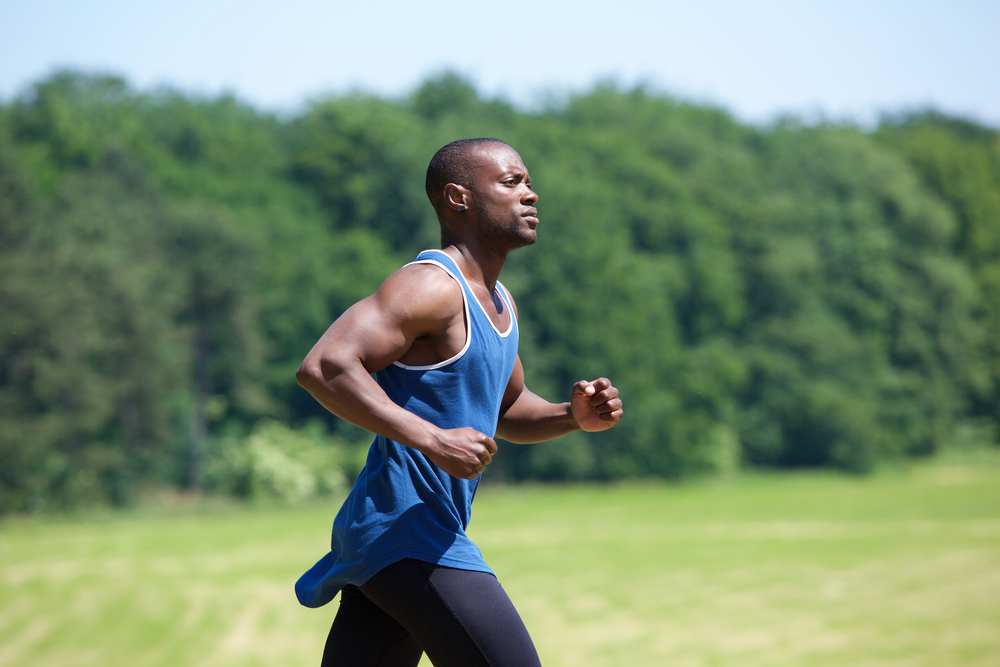Alternatives to Running
There is nothing that truly replaces running. The endorphins released, the ease of just throwing on one’s running shoes and heading out, the physical impact of running combined with weather of any ferocity; all make running the ultimate exercise. Ask any runner. Nothing comes close.

I have many patients in their 50’s, 60’s and 70’s who come into the clinic asking for a new meniscus to act a shock absorber so they can continue running. Anything to avoid stopping. The depression that settles in when an injury causes a layoff from running can only be cured by a return to running. Running is nirvana to the dedicated runner. So what to do when you can’t run?
The second best choice is simulated running. In my experience, the two closest substitutes are the ElliptiGO machine and pool running. An ElliptiGO is similar to the bicycle-like elliptical machines commonly found in gyms— but it can actually go outside, on the road. You ride it in an upright position, like a cross-trainer.
The ElliptiGO offers many of the same running physical mechanics as running, but without the impact. When it’s used to climb hills, the core and gluteal work outs of an ElliptiGO are actually better than running. This is because the posture is upright, with significant smooth resistance that engages the trunk musculature more efficiently. The motion, the wind in the hair, the cycling back and forth of the legs all come very close to the experience of running itself.
Pool running is my next favorite alternative. There are two varieties.
The first is performed in shallow to chest-deep water. You push off the bottom of the pool, and run laps. In most pools (where the water gets deeper down the length of the pool) this means running from one side of the pool to the other. The resistance of the water provides a huge muscular and cardiovascular workout. I try to run 20 laps, as fast as possible, and improve my time each day. The buoyancy of the water diminishes the joint impact significantly; pool running can even be performed with a severely arthritic knee. Form is important. Leaning forward or staying upright uses different muscles. Experiment with both.
Deep water pool running is another, more difficult version of this exercise. Here the hands are cupped, providing vertical stability. The knees are pumped high into the chest, just as a sprinter pumps his or her legs and hands. Forward motion is gained by slightly leaning forward. Time is the measure of this workout. Your heart rate will rapidly climb in deep water as your legs cycle furiously to keep you afloat.
Each of these tools help bridge my dedicated runners from their injury through their recovery and a return to outdoor running. For my patients whose running careers really are over, life-long substitutions are only limited by one’s creativity in finding the best alternatives. And yes, many of them are fun, effective and even addictive—but as with your first true love, nothing compares to running.
Watch Dr. Stone talk about the closest substitutes of running that can help bridge the dedicated runners from their injury through their recovery and a return to outdoor running.
